What I learned at a mindfulness retreat
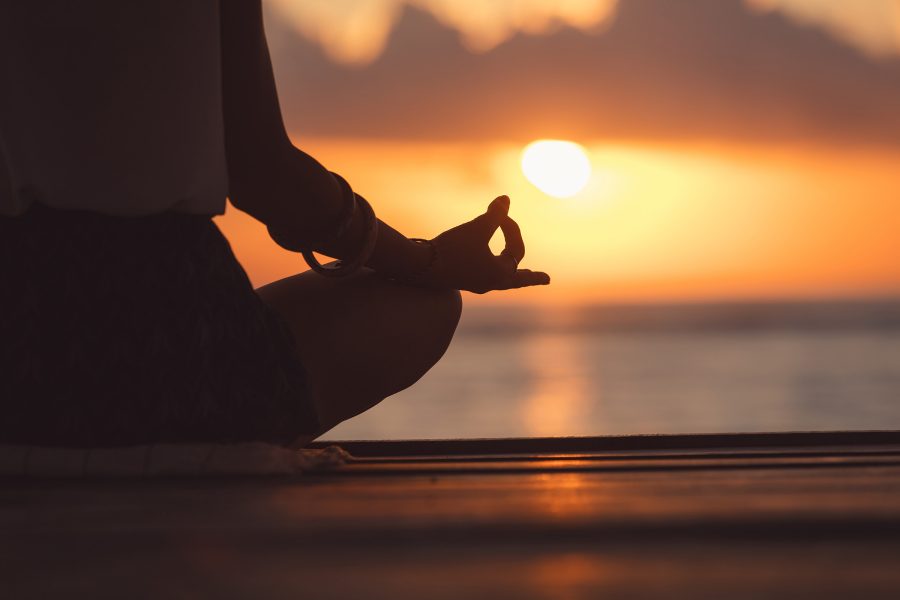
After years of experimenting with different wellness rituals to manage burnout and ADHD, I had come to realise that mindfulness – the act of being present – is often the most powerful yet elusive tool of all. But most days, my mind still felt like it was trying to outrun itself.
That’s why I decided to sign up for a five-day mindfulness retreat with the Asian Institute of Applied Buddhism at Lotus Pond Temple in Ngong Ping, on Hong Kong’s Lantau Island, hoping it would be the next step in my journey.
I wanted something quieter and less polished than a wellness holiday. The instructions were brief and clear: bring only the essentials; turn off your phone. But as the date grew closer, I worried about everything – work imploding while I was offline, dealing with strangers, shared bathrooms and more. Still, I packed my linen clothes, my water bottle, my toiletries and journal, and reassured myself that a truly free person can live without luxuries.
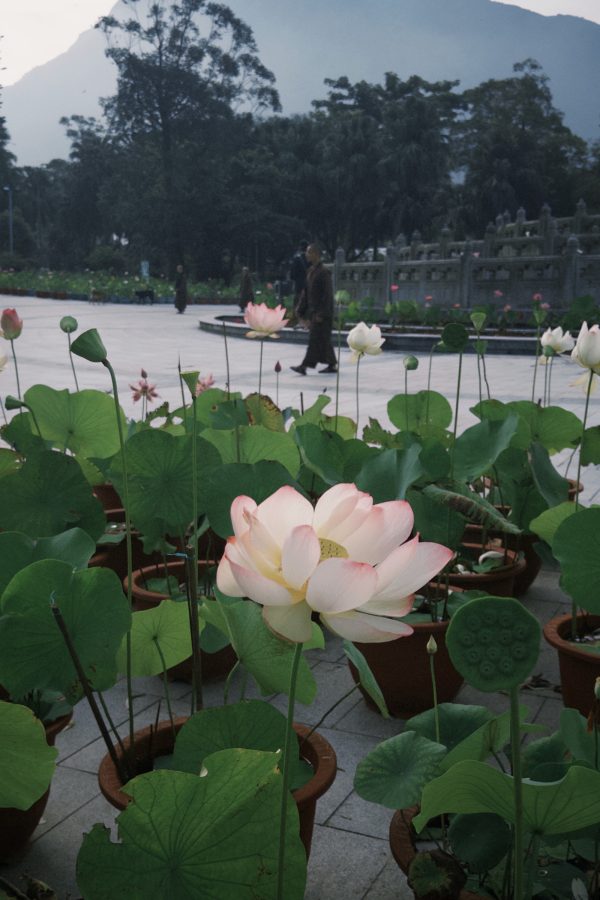
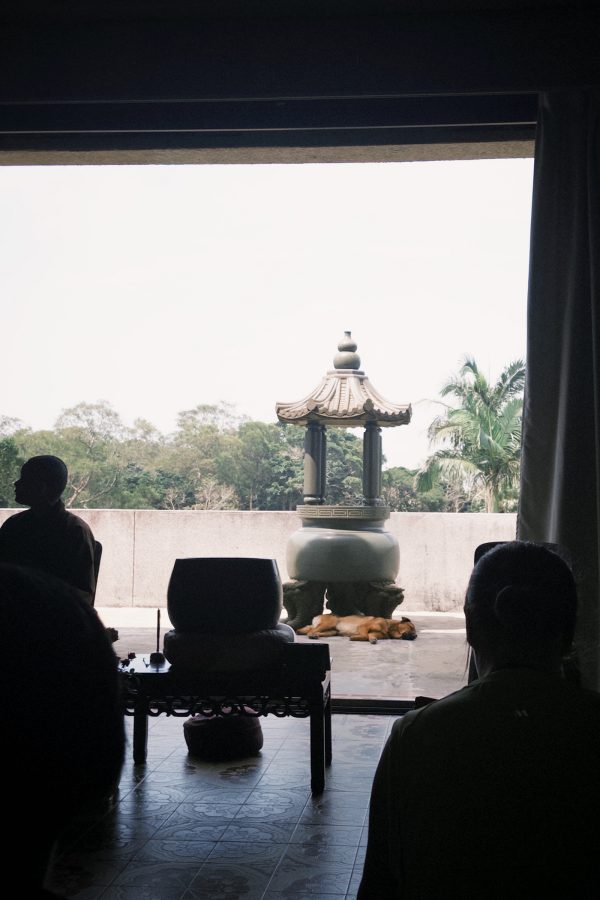
The retreat
Like many people, I first took up meditation around 2020. Anxieties ran high, and people sought something – anything ��– to help slow the mind. I absorbed it all. Breathed in the good energy, exhaled what didn’t serve me, became a movement instructor. But beneath the rituals and routines, I still didn’t feel at ease. I needed more guidance.
That desire led me to the teachings of Vietnamese Zen master Thich Nhat Hanh. His branch of Buddhist thought, known as the Plum Village tradition, is the one studied at Lotus Pond Temple . Hanh had a way of turning complex philosophy into accessible, transformative actions. Mindful walking, mindful emails, mindful arguments – suddenly, daily life could itself be meditative.
My journey to the temple was straightforward enough: MTR to Tung Chung, bus 23 up the mountain, then a short walk past Ngong Ping village. The heat was heavy and the pre-typhoon humidity unforgiving, but I arrived, sweaty and slightly apprehensive, and did as instructed: I breathed and smiled.
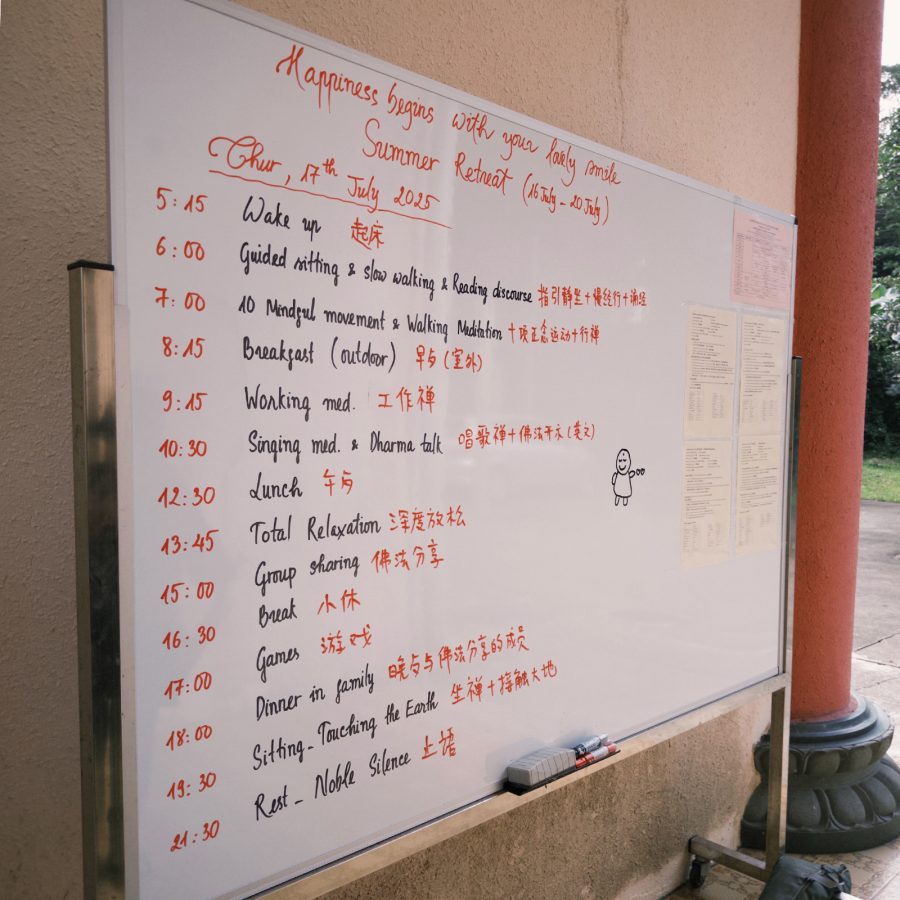
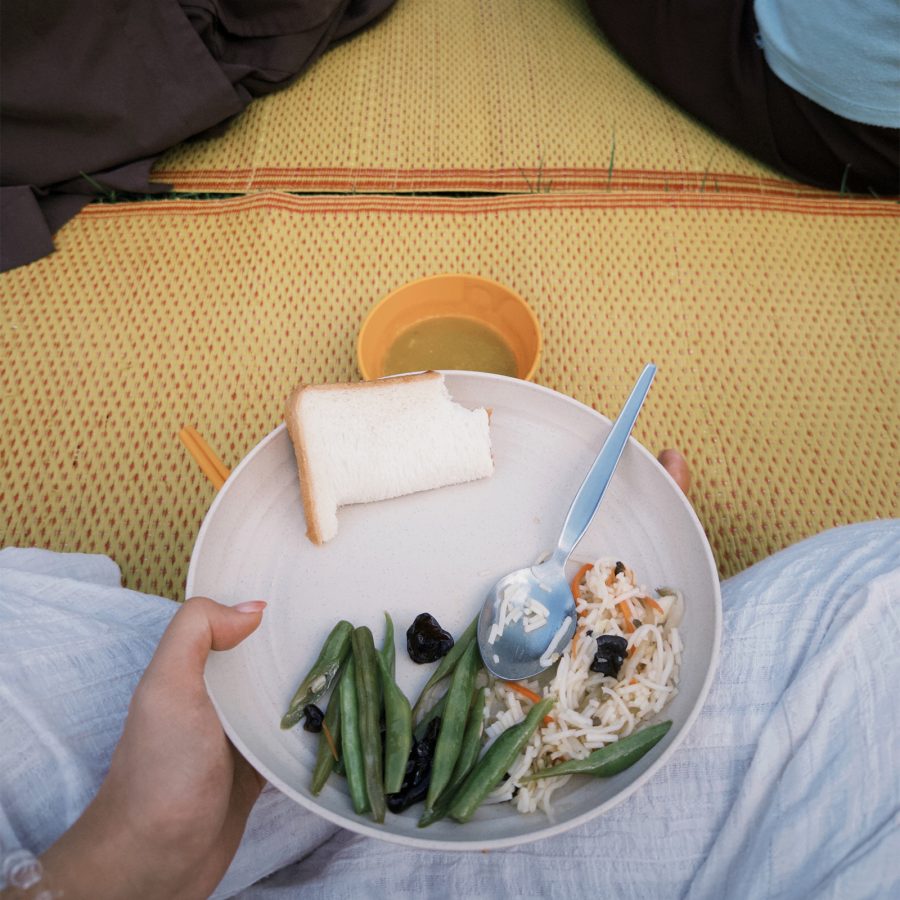
My shared dormitory was perched above one of the older temple structures, modest and serene. Inside were five air mattresses coupled with simple bed linen. The communal bathroom was outdoors, and I had to shower among spiders and oversized bugs I couldn’t name. I was anxious, but I pushed it down and decided to stay present.
My days followed a simple rhythm: up at 5:15am for meditation, walking and movement, followed by breakfast in silence. The rest flowed gently – seminars on Buddhist philosophy, singing meditation, mindful meals and small chores. The afternoon “Total Relaxation” session, in which guests are guided through a gentle breathing exercise that allows them to focus on each part of their body and release any locked tension, became a daily highlight. At 9:30pm, we wound down in silence.
The first two days were the hardest, partly because of the physical discomforts, but mostly because of what surfaced in the quietness. Without the usual distractions, I was left alone with my thoughts. And they were loud, spiralling, repetitive. I judged myself constantly – for everything from fidgeting and zoning out during lectures, to missing one session to get a coffee at Starbucks. I denied myself an extra meditation cushion because I didn’t want to be seen as self-serving. I was trying so hard to do everything “right”.
I was starting to think this wasn’t the path for me after all.
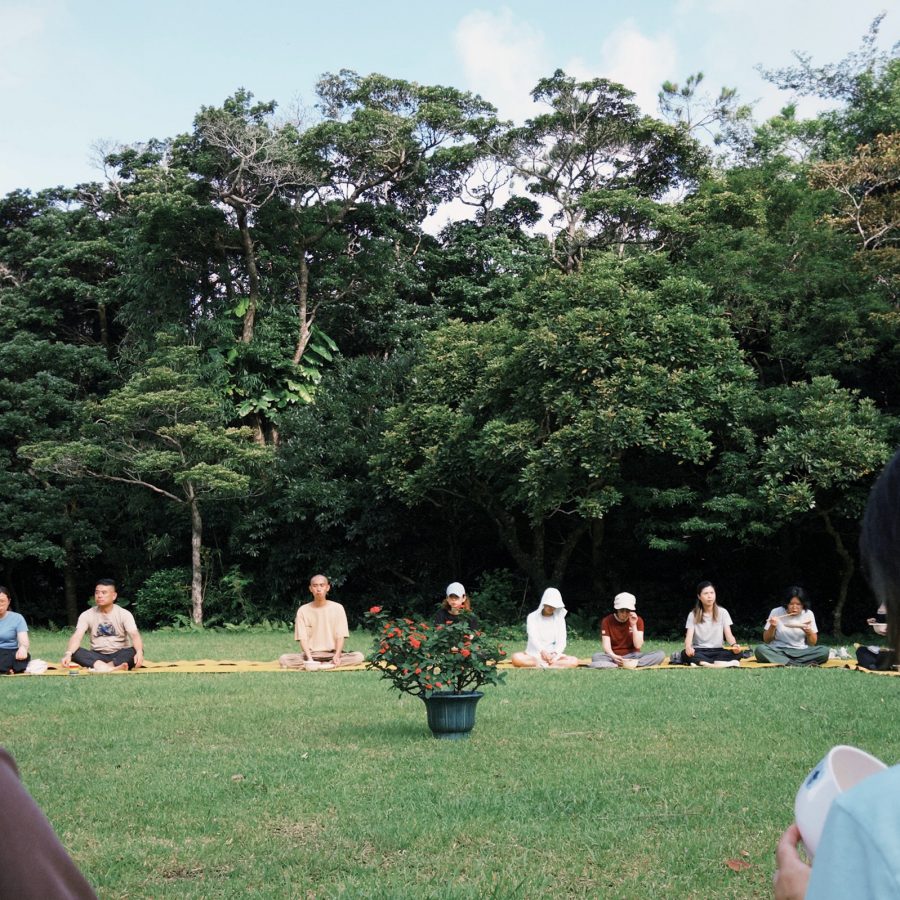
A personal win
There’s a saying that each teaching and principle is like a raft: it helps you cross the river, but once you reach the other shore, you don’t keep carrying it on your back.
I didn’t understand this until a monk shared a parable during one of our sessions. The Buddha and his students once encountered a distraught farmer who had lost his cow, his only source of livelihood. After the man left, the Buddha turned to his companions and said, “How lucky we are. We have no cows to lose.” The monk invited us to consider what “cows” we might be clinging to in our lives.
I realised then that mine was the need to be a model student, to “win” at mindfulness. I had brought with me to the retreat the same perfectionism that led to burnout in my daily life. I wanted to perfect the practice, while missing what it was trying to teach me.
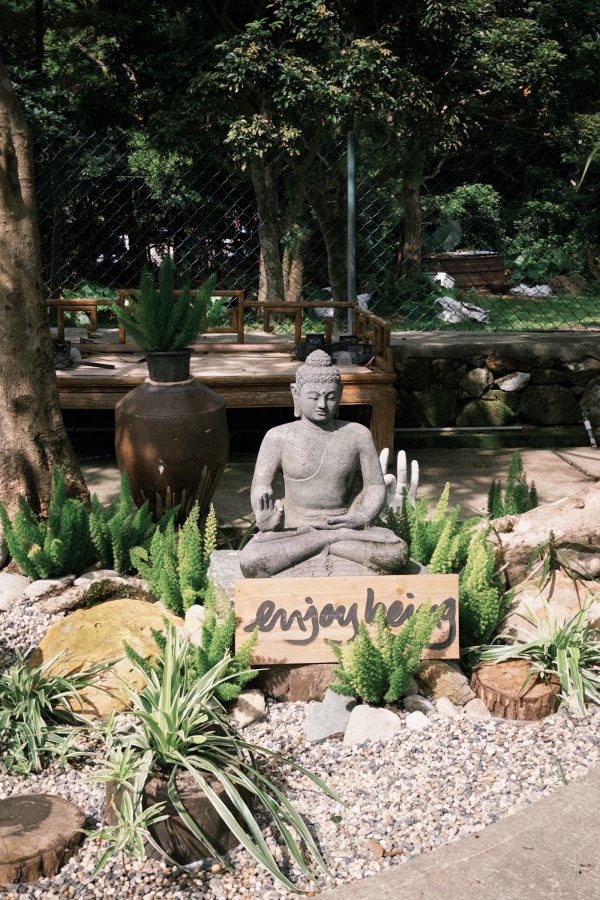
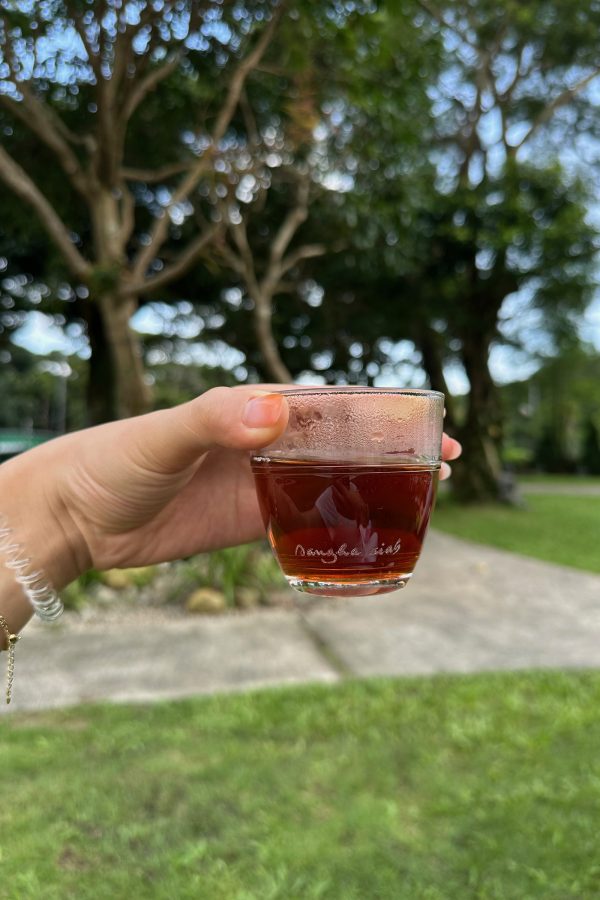
So, I let it go. I took the extra cushion. I skipped sessions to connect with other retreat-goers. We chatted over coffee and shared stories, and I felt the sharp edge of my self-judgment begin to soften. I let myself enjoy the silence and welcomed the thoughts that entered my mind; I listened to them with compassion, let them stay for as long as they needed, then let them go.
On my final morning at the retreat, a nun shared a gatha, or short poem: “Waking up this morning, I smile. Twenty-four brand new hours are before me. I vow to live fully in each moment and to look at all beings with eyes of compassion.” She paused, then added: “Including myself.”
I descended the mountain a little quieter inside, carrying less than I came with. I hadn’t become more perfect. I had simply realised what was weighing me down and what I could let go of.
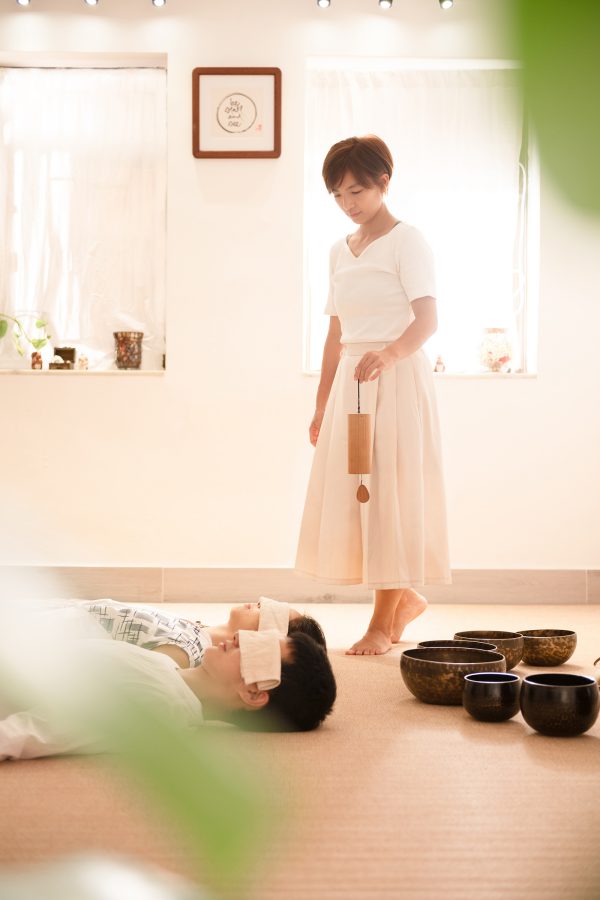
Credit: Island Within
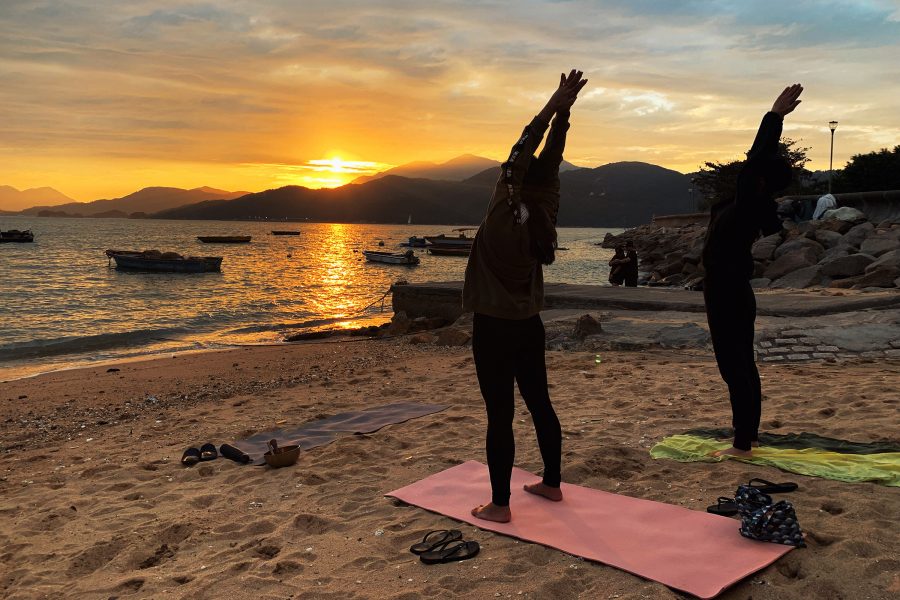
Credit: Island Within
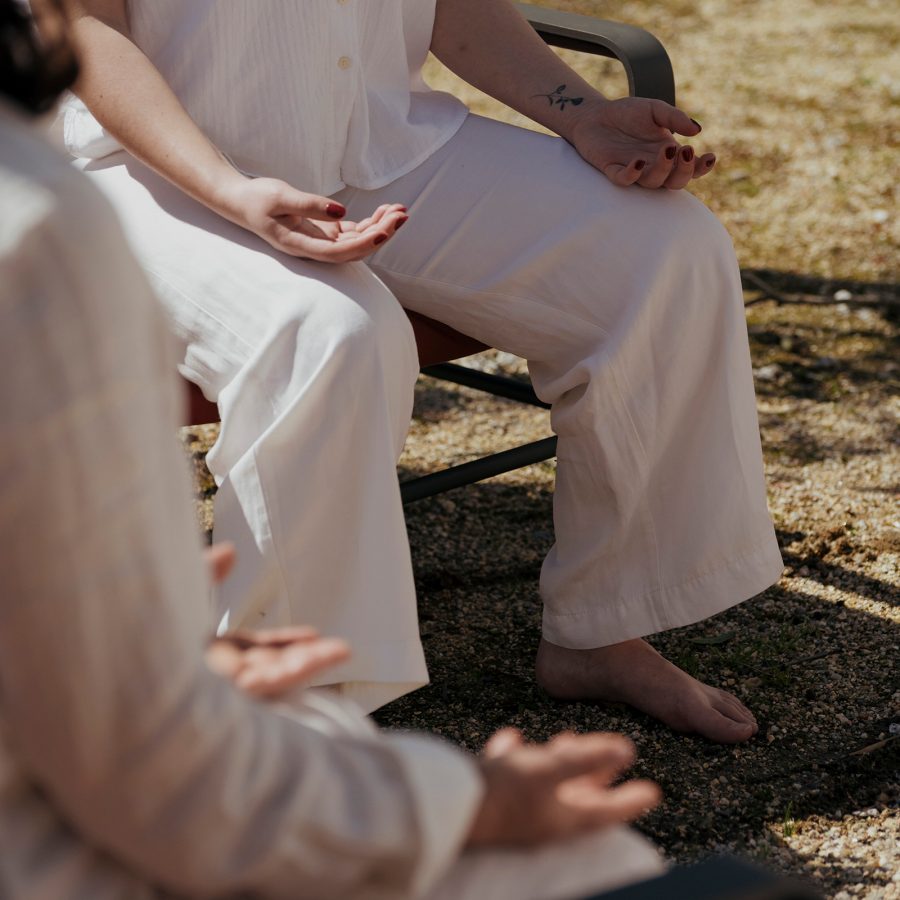
Credit: Bliss Body Journeys
Find your mindfulness retreat
If you’re looking for ways to practice mindfulness in Hong Kong, here are some retreat organisers to look into:
Mindful Together
Local organisation Mindful Together specialises in Cantonese-led day retreats, workshops and courses.
Island Within
Inside the Island Within initiative, founder Zero Chan hosts day retreats, yoga and sound healing sessions in Peng Chau.
Vipassana Hong Kong
Experience a 10-day silent retreat in Lantau , where you’ll learn Vipassana meditation as developed by renowned teacher S.N. Goenka.
Bliss Body Journeys
Bliss Body Journeys features a range of focuses on luxury spiritual and mindfulness retreats in Hong Kong and beyond.
Hong Kong Insight Meditation Society
The HKIMS hosts weekly meditation sessions and monthly retreats for those interested in practising or learning more about Buddhist teachings.
Kadampa Meditation Centre Hong Kong
The KMCHK offers classes and meditation retreats in the Modern Kadampa Buddhism tradition.
More inspiration
Hong Kong travel information
- China – the Chinese Mainland, Hong Kong SAR, Macao SAR and Taiwan Region
- Hong Kong SAR - English
- Chinese Mainland (China) - English
- Taiwan, China - English
- 香港特別行政區 - 繁體中文
- 中国內地 - 简体中文
- 中國台灣 - 繁體中文
- Africa
- South Africa - English
- Asia
- Bangladesh - English
- Korea - English
- Singapore - English
- Cambodia - English
- 한국 - 한국어
- Sri Lanka - English
- India - English
- Malaysia - English
- Thailand - English
- Indonesia - English
- Maldives - English
- ประเทศไทย - ภาษาไทย
- Indonesia - Bahasa Indonesia
- Myanmar - English
- Vietnam - English
- Japan - English
- Nepal - English
- Việt Nam - tiếng Việt
- 日本 - 日本語
- Philippines - English
- Australasia
- Australia - English
- New Zealand - English